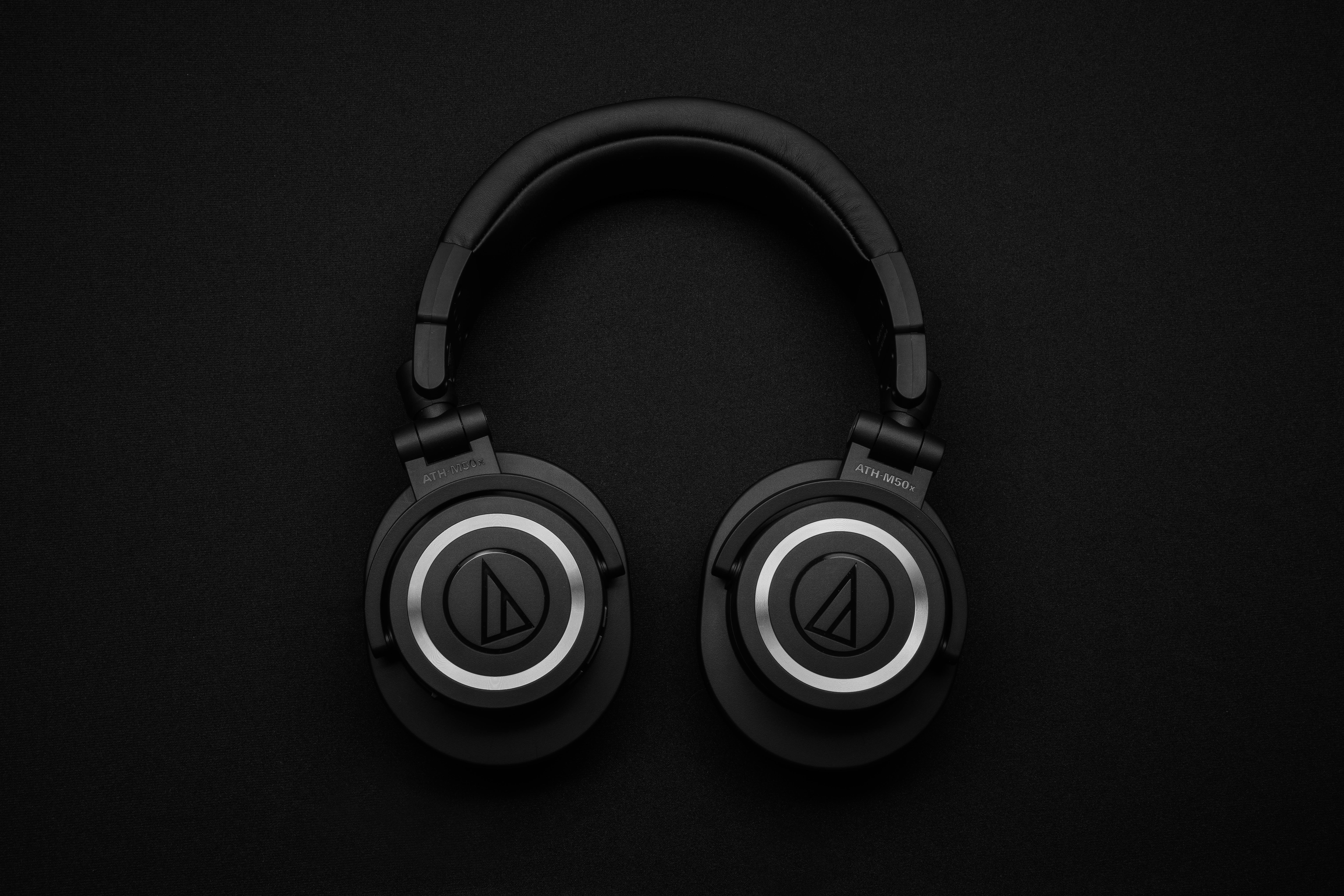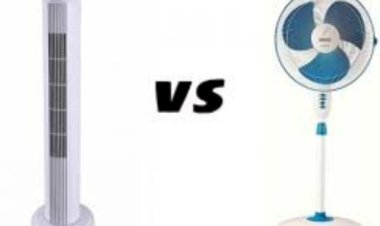DT 990 Pro vs DT 770 Pro: Which Beyerdynamic Headphone Should You Buy in 2025?
DT 990 Pro vs DT 770 Pro — full 2025 comparison of sound, comfort, design, and value. Find out which Beyerdynamic headphone is best for you.

When it comes to professional studio headphones, Beyerdynamic is one of the most trusted names in the audio world. Two of their most iconic models — the DT 990 Pro and DT 770 Pro — have stood the test of time, earning loyal followings among producers, engineers, and audiophiles alike.
Though they share a similar design philosophy, these two models serve different purposes. The DT 990 Pro is an open-back headphone ideal for mixing and mastering, while the DT 770 Pro is a closed-back model built for recording, monitoring, and even gaming.
In this detailed 2025 comparison, we’ll break down the key differences in sound, comfort, design, performance, and value to help you choose the right pair for your setup.
Overview: DT 990 Pro and DT 770 Pro at a Glance
| Feature | DT 990 Pro | DT 770 Pro |
|---|---|---|
| Type | Open-Back | Closed-Back |
| Impedance Options | 80Ω / 250Ω | 32Ω / 80Ω / 250Ω |
| Sound Profile | Spacious, bright, analytical | Punchy, bass-rich, isolated |
| Weight | 250g | 270g |
| Best For | Mixing, mastering, critical listening | Recording, monitoring, gaming |
| Price (2025) | Around $149 / £129 | Around $139 / £119 |
Design & Build Quality

Beyerdynamic has a long reputation for crafting durable and comfortable headphones that last for years. Both models feature a rugged metal headband, plush velour ear pads, and replaceable components — essential for professionals who use them daily.
DT 990 Pro
-
Open-back construction allows natural airflow and creates an expansive soundstage.
-
Lightweight (250g) and extremely comfortable, even during long mixing sessions.
-
Downsides: sound leaks out and external noise leaks in, so they’re not ideal for noisy studios.
DT 770 Pro
-
Closed-back design offers excellent isolation, preventing sound leakage during recording.
-
Slightly heavier (270g) but feels sturdy and premium.
-
Ideal for both studio and home environments.
Sound Quality Comparison

Both headphones deliver top-tier audio fidelity, but their tuning is tailored for different experiences.
DT 990 Pro: Open-Back Clarity
The DT 990 Pro shines with its open, airy sound and detailed treble response. Its wide soundstage makes it easy to pinpoint instruments and effects — a dream for mix engineers.
-
Highs: Bright and crisp, revealing micro-details.
-
Mids: Balanced and transparent.
-
Bass: Tight and controlled, though lighter compared to the DT 770 Pro.
This makes the DT 990 Pro ideal for mixing, mastering, and analytical listening.
DT 770 Pro: Closed-Back Power
The DT 770 Pro offers a warmer, more immersive sound signature. The closed design boosts low-end response, giving it punch and depth.
-
Highs: Smooth and pleasant for long listening.
-
Mids: Slightly recessed but clean.
-
Bass: Deep, impactful, and full-bodied.
Perfect for recording, monitoring, and gaming, the DT 770 Pro delivers a more intimate listening experience.
Studio Use & Performance
Both headphones are studio-grade — but their strengths differ:
-
DT 990 Pro: Best for mixing and mastering — open sound, accurate imaging, and clear detail.
-
DT 770 Pro: Best for recording and live monitoring — closed design prevents bleed into microphones.
Impedance Considerations
Both come in multiple impedance versions (80Ω and 250Ω).
-
80Ω: Easier to drive, suitable for audio interfaces or portable devices.
-
250Ω: Best detail and dynamics but requires a headphone amplifier.
Everyday & Gaming Use

While designed for professionals, these headphones have also become favorites among gamers and streamers.
-
DT 990 Pro enhances immersion with an open soundstage — ideal for story-driven games and cinematic audio.
-
DT 770 Pro provides superior isolation and powerful bass — perfect for competitive shooters like CS2, Valorant, or Warzone.
Comfort is a strong point for both, thanks to their velour pads and ergonomic design. For long gaming or editing sessions, either model performs exceptionally well.
Read Also: Classroom 15x: The Future of Smart Learning Spaces
Price & Value for Money (2025 Update)
| Model | Price (2025) | Best Use |
|---|---|---|
| DT 990 Pro | Around $149 / £129 | Mixing, mastering |
| DT 770 Pro | Around $139 / £119 | Recording, monitoring, gaming |
For 2025, both headphones remain unbeatable in their price range. Their build quality, audio precision, and replaceable parts make them long-term investments.
Pros & Cons Comparison
| Model | Pros | Cons |
|---|---|---|
| DT 990 Pro | Wide soundstage, analytical sound, comfortable, great for mixing | Sound leakage, requires quiet environment |
| DT 770 Pro | Deep bass, isolation, durable build, ideal for recording | Narrower soundstage, less natural treble |
Comparison Rating Table (2025)

| Category | DT 990 Pro (Open-Back) | DT 770 Pro (Closed-Back) |
|---|---|---|
| Sound Quality | ⭐⭐⭐⭐⭐ (9.5/10) | ⭐⭐⭐⭐☆ (8.8/10) |
| Comfort | ⭐⭐⭐⭐⭐ (9.7/10) | ⭐⭐⭐⭐☆ (9.0/10) |
| Build Quality | ⭐⭐⭐⭐⭐ (9.5/10) | ⭐⭐⭐⭐⭐ (9.5/10) |
| Isolation | ⭐⭐☆☆☆ (4.0/10) | ⭐⭐⭐⭐⭐ (9.8/10) |
| Value for Money | ⭐⭐⭐⭐⭐ (9.6/10) | ⭐⭐⭐⭐⭐ (9.6/10) |
| Overall Rating (2025) | 9.5/10 | 9.3/10 |
Verdict: Which Beyerdynamic Headphone Wins in 2025?

The final choice between the DT 990 Pro and DT 770 Pro depends entirely on your use case:
-
Choose the DT 990 Pro if you’re a music producer, sound engineer, or audiophile seeking precision, openness, and spatial imaging.
-
Choose the DT 770 Pro if you’re a recording artist, gamer, or content creator who needs strong bass and isolation.
Both are timeless classics that remain at the top of their category in 2025.
The DT 990 Pro offers a more natural listening experience, while the DT 770 Pro gives you focused, immersive sound with zero distractions.
Expert Tips for Buyers
-
Match impedance to your setup: 80Ω for most audio interfaces, 250Ω for studio-grade amplifiers.
-
Use a headphone amp for 250Ω versions to unlock full dynamic range.
-
Replace ear pads every 12–18 months to maintain comfort and sound quality.
-
Don’t use open-back headphones (like DT 990 Pro) for recording vocals — leakage can affect takes.
-
Avoid portable use with 250Ω versions unless you have a DAC/amp.
Quick Decision Table
| Usage Type | Best Option | Why |
|---|---|---|
| Mixing / Mastering | DT 990 Pro | Open and accurate soundstage |
| Recording / Tracking | DT 770 Pro | Closed design prevents bleed |
| Gaming | DT 770 Pro | Deep bass and isolation |
| Audiophile Listening | DT 990 Pro | Spacious and balanced tone |
| Travel | DT 770 Pro | Compact and noise-isolating |
FAQs
Q1: Is DT 990 Pro better for mixing than DT 770 Pro?
Yes. The DT 990 Pro’s open-back design and wide soundstage make it ideal for mixing and mastering accuracy.
Q2: Can I use DT 770 Pro for gaming?
Absolutely. Its closed design, deep bass, and comfort make it perfect for immersive and competitive gaming.
Q3: Do both need an amp?
The 250Ω versions do, while the 80Ω models can run fine on most interfaces or desktop setups.
Q4: Which one is more durable?
Both are equally durable, featuring replaceable ear pads, cables, and metal frames.
Q5: Which one is cooler during long sessions?
The DT 990 Pro stays cooler due to its open design, making it great for long mix sessions.
Conclusion
Both the DT 990 Pro and DT 770 Pro embody Beyerdynamic’s legendary quality and sound precision. The difference lies in how you use them:
-
DT 990 Pro: Best for open, analytical listening — ideal for mixing and mastering.
-
DT 770 Pro: Best for focused, bass-rich listening — perfect for recording and gaming.
No matter which you choose, both deliver studio-grade performance at an affordable price in 2025. For most users, it’s less about which is better and more about which fits your workflow best.
Read More: Revel F226Be vs Magico S1 – In-Depth Review & Buying Guide

 alissaperry
alissaperry 






















